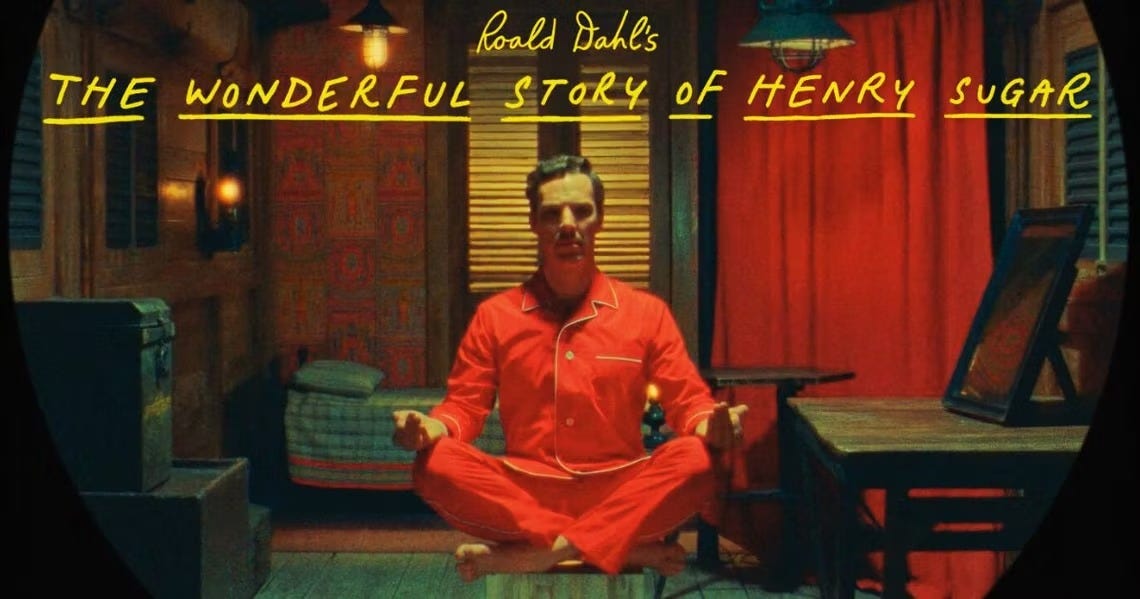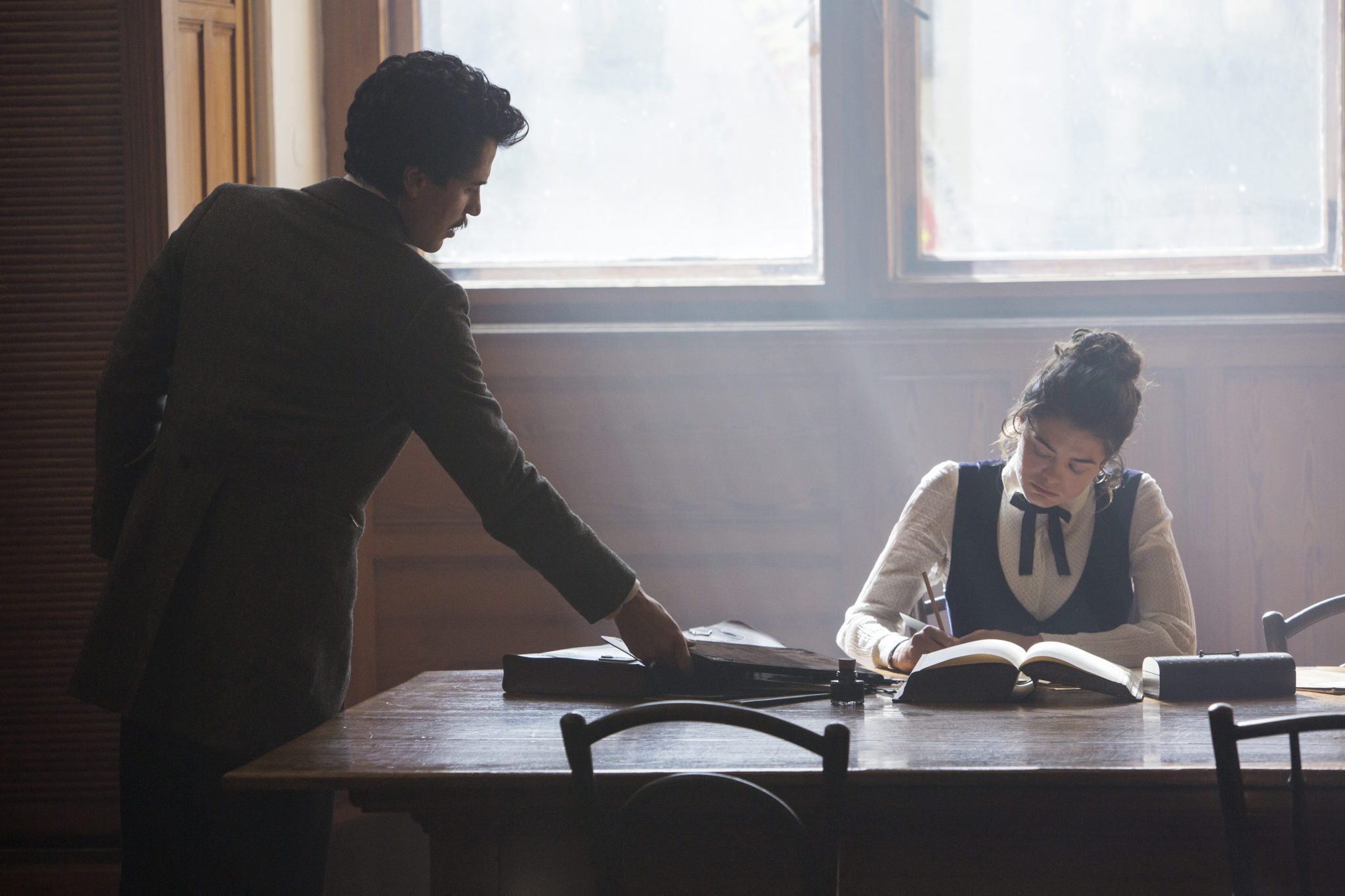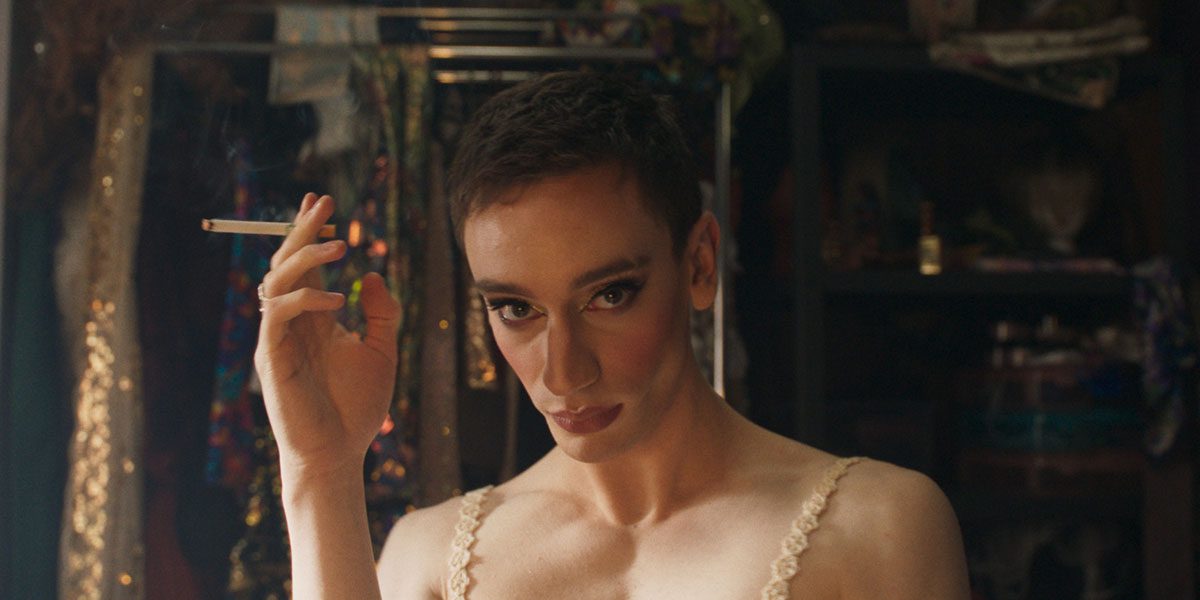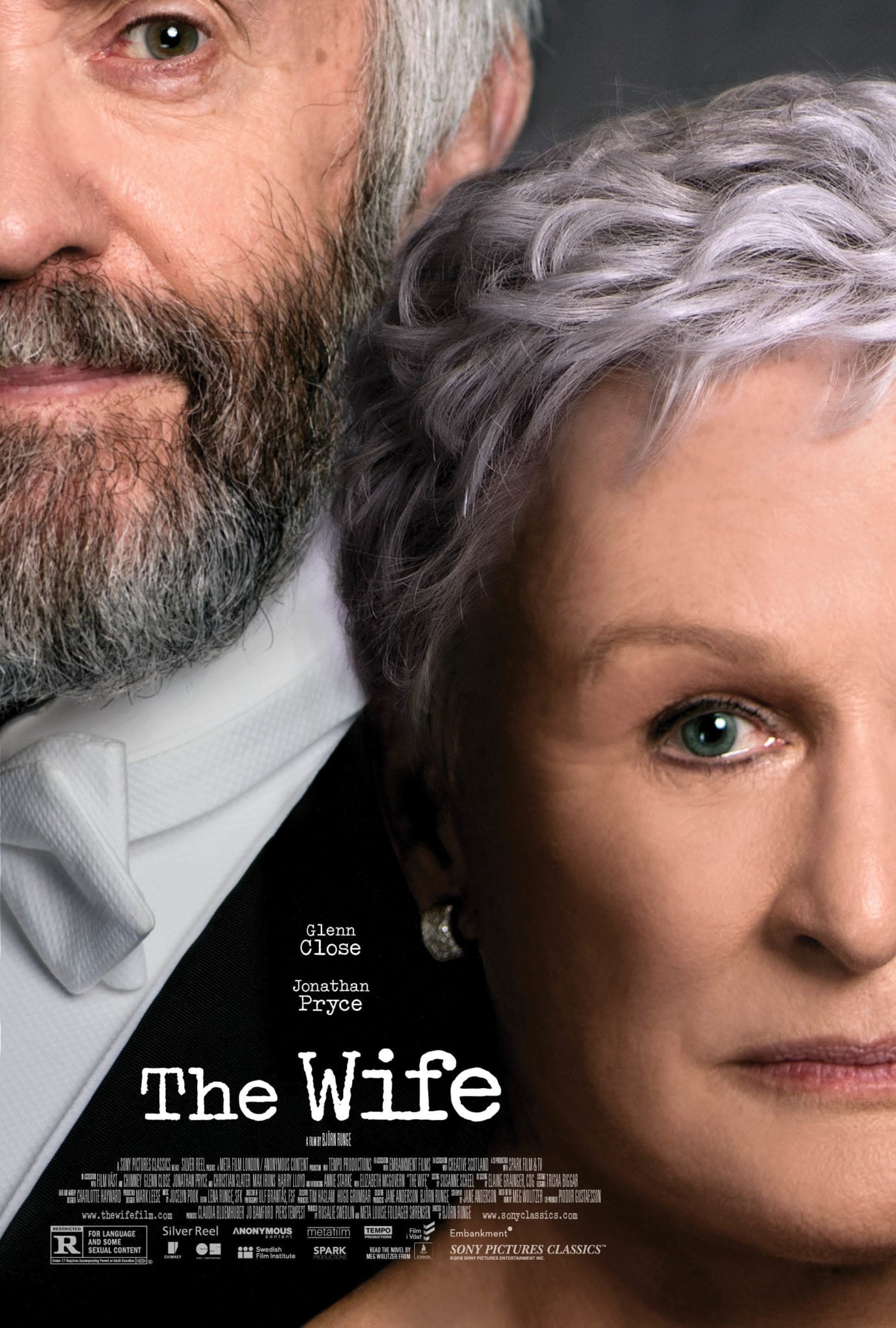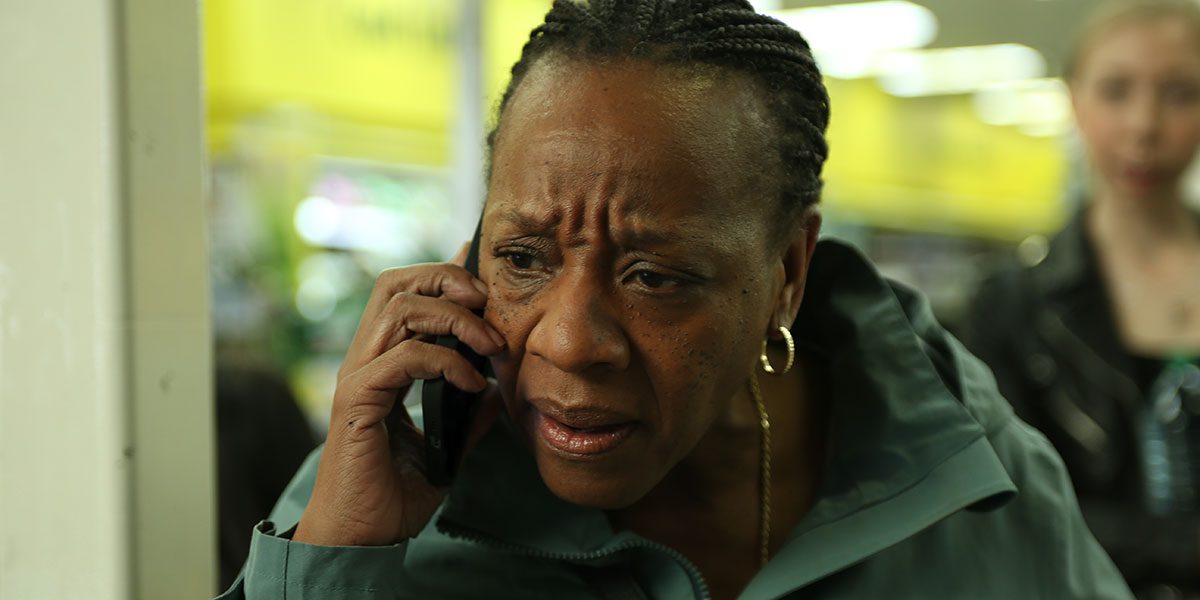Have you seen the latest Wes Anderson movie? For the first time, his new work required the funds of everyone’s favorite subscription series, Netflix. In some ways, this makes his content more accessible. I was able to download the longest of the four short films he’s realized this year. I’ll review them separately since they’re all their own individual works but they all share a new vision of Anderson. Actors speak right to the camera, narrating the stories they’re in. Thus, we get even more of these wonderful actors as they play both the character and narrator of these Roald Dahl tales. Being that the stories themselves are Dahl, they carry a whimsy and charm that ultimately brings very uplifting messages to their audience.
The Wonderful Story of Henry Sugar is the longest of the four shorts but, to me, also feels the longest. In many ways, Henry Sugar becomes multiple stories shoved into the one short film. The film uses a ‘story within a story’ structure, introducing us first to Roald Dahl (Ralph Fiennes) who begins to tell the story of Henry Sugar (Benedict Cumberbatch). Dahl’s writing already uses the very charming story within a story to help make the plot click and makes this very fanciful tale seem more grounded. Anderson’s form fits this style perfectly as he uses his pastel look and very play-like stage production to move us from one simple setting to the next. He has us focus on the actors, the tellers of the story.
In some ways, he brings attention to himself, delighting us by only focusing on the keen details and the amazing performers he has brought into this film. Moments like when the story describes Henry Sugar sitting down to read the story of Imad Khan are simply only referred to, testing the audience’s need for realism. This is certainly not Aristotle’s idea of art imitating life but rather art imitating the act of storytelling. The idea that our imaginations are meant to delight us and whisk us away to new places is an idea that Anderson holds religiously and this film is strong evidence of that. The sweet morality tale brought out of the events of Henry Sugar’s life proves quite charming. Dahl cuts through the often horrid instincts that would move people to crude and self-indulgent habits and inserts life into them through events and characters who wake them up to the beautiful possibilities this world has to offer us. A delightful idea to imagine. (And Dev Patel is amazing as the narrator of one of the stories in this short.)
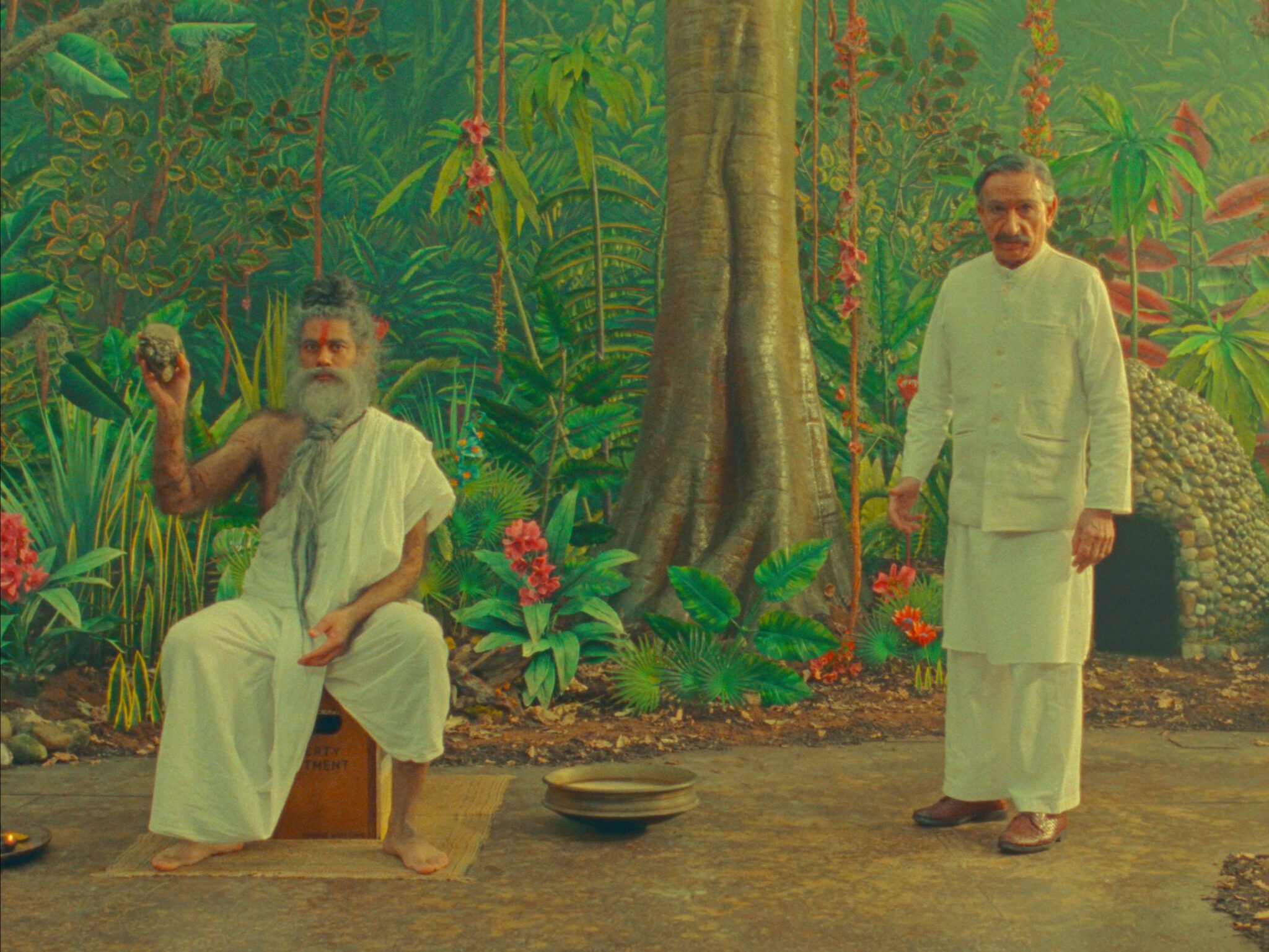
The Ratcatcher sees Anderson experimenting with how disgusting he can make Ralph Fiennes while still making him look recognizable. Fiennes plays a ratcatcher who comes into a town to quell their infestation. It sees a man who has in a more humourous way than most, thrown away his life for his profession. The ratcatcher is challenged by the two men in town (Richard Ayoade, and Rupert Friend). As the job gets consistently more complicated, the ratcatcher invests more dignity into his ability to catch these rats only to have that bid flip over on him. It features some really well-staged confrontations, using moments of stillness to play with our imagination and as many of these shorts do place us back in the seat of a child being told a delightful story.
The Swan is a deeply saddening tale. One that might harken back to the memories many of us have of being mistreated in the shifting halls of school and the tarted grass of soccer fields. The story is about a boy named being hounded down by two bullies. It highlights the beauty of innocent nature and the strong-willed thinking to be a pacifistic and accepting person in a world that oft seems to move towards terror as its means of valuable production. The short like all of these films uses minimalist but very engaging sets that almost expose their built nature. This short best exemplifies how Anderson is allowing us into the world of his filmmaking, making the process of making a film even more apparent. Reflexive and self-aware in a way that’s built into the way the film is told and made. A unique way of working that just delights in the entire time. He brings in props as the storytelling devices of larger set pieces that the film could not have, giving hope to those who may only have 16 mm film cameras, Oscar-winning actors, and an Oscar-winning crew that they can make any story they want, if they are so lucky as to be at the Netflix offices on a day when they’re increasing their subscriptions.
Poison is a tense–but mostly still–film that takes us back to the days when Anderson made planning a strategic heist appear not-so-cool in Bottle Rocket. Except this time Harry (Benedict Cumberbatch) believes that when he fell asleep a deadly snake crawled under his pajamas and became his unwanted bunkmate. Timber Woods (Dev Patel) finds Harry desperately keeping still as he awaits help. Timber then calls Dr.Ganaderbai (Ben Kingsley) who uses all of his wits to try to get rid of the snake. The film then reveals a shaky revelation in which Anderson is again almost aware of his audience’s expectations to watch all of his film which had nary a handheld shot to go to what would be described by most as shaky cam, rattling the story entirely. The film is a charming yet hauntingly real contemplation on death and how it implicates the way we live, how it causes a duress that makes us do the unthinkable. A very well-done film, as all of these films by Anderson are.
The Wonderful Story of Henry Sugar is available on Netflix now.

